WANNA BECOME A PROFESSIONAL ARTIST?
Do you like to draw? Do you like animation or video games? Does filmmaking or photography appeal to you? Last but not least, can you imagine yourself creating some form of art for the rest of your life?
There are many forms and different trades, but all art stems from the same foundation.
Reading this article may not tell you how to become a professional artist, but it will help you understand the ideas you need to go through, think through, and ultimately create your own path to success.
SPECIALIST vs GENERALIST
Have you ever heard the saying “jack of all trades, master of none,” or “a mile wide and an inch deep,” and vice versa “an inch wide and a mile deep”? Compared to artists who dabble in many different mediums , artists I’ve seen or mentored use these phrases to describe artists who specialize in their craft.
So, if I’m a generalist, should all people who aspire to be professional artists be generalists? Well, the short answer is no…but also yes. The long answer is much more complicated. So let’s dive into the pros and cons of being an expert or a generalist.
Specialist
As an specialist, you’ll be your friend, colleague, and (if you’re successful enough) someone famous for your artwork and style. You know your craft like the back of your hand. You can basically create or envision your next piece while you sleep. You are a person who eats, breathes and sleeps in your art form. It gives you peace of mind so your mind isn’t cluttered or distracted by having to practice or dedicate more of your precious time to other things, robbing you of your true enthusiasm.
The flip side to this type of thinking is this: you become a one trick pony, and unless you are on top of your game and one of the best in your craft, it may have a negative effect on your job and/or career opportunities .Each company or studio you might apply to has its own famous culture and style. They look for someone with the same style and personality as the company/studio.
For example, you’re a 3D artist who only does hand-painted texturing and modeling, but enjoys playing games like Call of Duty, and one of your dream jobs is working at Infinity Ward. There, the desired art style for Infinity Ward is photorealistic PBR (Physically Based Rendering) textures, materials and models. Studios don’t bother to look at your portfolio, just take a look because they see that you don’t have work for their company.
Let’s use the same example as I’m trying to play the devil’s advocate here. You are a 3D artist skilled in hand-painted texturing and modeling. This time, though, you’re one of the best people in the world and known for your craft; your dream job is at RIOT GAMES, the creator of League of Legends.
You decide to apply to them and they accept you because you fit their style. Unfortunately (hypothetically speaking) RIOT GAMES went out of business (which may never happen) and now you are out of a job. You post about it on social media, and a few days later you get a message from recruiter Blizzard HR. Because they do hand-painted textures, you fit them perfectly as if you had another job.
I know this is easier said than done, but what I’m trying to say with the above example is that as an expert you need to be very good at your craft to really do it, and when you do it, it would be very valuable and stable. If you’re someone who dreams of working at any of the big AAA studios, you’re going to need a specialization to get your foot in the door.
type of specialist
As an specialist, stability also comes from what you choose to specialize in. So, what categories can one specialize in as a 3d artist? There are many, but some of the main ones are:
Light Artist
Character Artist
Environment/Prop Artist
Animator
Just like the example given above. Each position also has its own level of success and stability, depending on the value of those positions within each studio.
Generalist
As a generalist, you are someone everyone can find, and you will be able to do most of the work, maybe not all, but most of it by yourself, with no one else involved. Do your clients need 3d models? no problem. Does your client need a rigger or animator? You have their protection. In many ways, being a generalist can be a good thing. You won’t be short of jobs, and you can ask for more pay for contract work because of how many skills you’ve acquired over the course of your career. Sounds pretty good, doesn’t it? Well, just like an expert, there are some downsides to being a generalist.
Like we’ve said before, being a generalist means you’re nothing, which can result in you probably not getting those dream positions at AAA studios. These companies are so large that they typically don’t hire generalists because the skills and technology needed for the project aren’t shown in the portfolio. The studio may be currently working on a project that requires someone professional and advanced enough to be a perfect fit for the position. If you’ve never thought about working in an indie studio, you should be open to it now, especially if you like the idea of being able to do anything.
Another dark side of being a generalist is that you may be overworked and underpaid. Clients and even studios will use your skills if you can. In some cases, they might offer you something that looks like a good deal, but then turns into a lot of all-night hell because there’s a lot more scope or work than you can agree on. This can lead to burnout and a general loss of love for your passion.
In conclusion
As you can see, there are a lot of benefits to both sides, as well as a lot of downsides. Some of you might be thinking, “Okay, what would you recommend?”
Before I tell you, I want you to realize that every professional artist has his or her own journey. What worked for me might not be the path that worked for you. Really dive into your research and listen to the multiple artists you admire and see what their journeys are like. See what they have in common and what differences may have contributed to their success.
At the end of the day, it really comes down to what makes you happy. Would you like to work for companies like Blizzard, RIOT, Naughty Dog and/or Bungie? Then becoming an expert will be perfect for you.
However, if you prefer to work remotely, or like the idea of a small studio, or maybe even set up your own, a generalist might be the best option for you. Self-awareness is the key. Reflect on your dreams to help you start building a framework for success.
Things you need to know about 2D animation workflow
If you want to enter the animation industry, it is essential to understand the animation workflow. Let’s start the topic with the 2D animation workflow. The process is divided into three production stages: Pre-animation design, Mid-production, and Post-composition.
Post a Comment
要发表评论,您必须先登录。
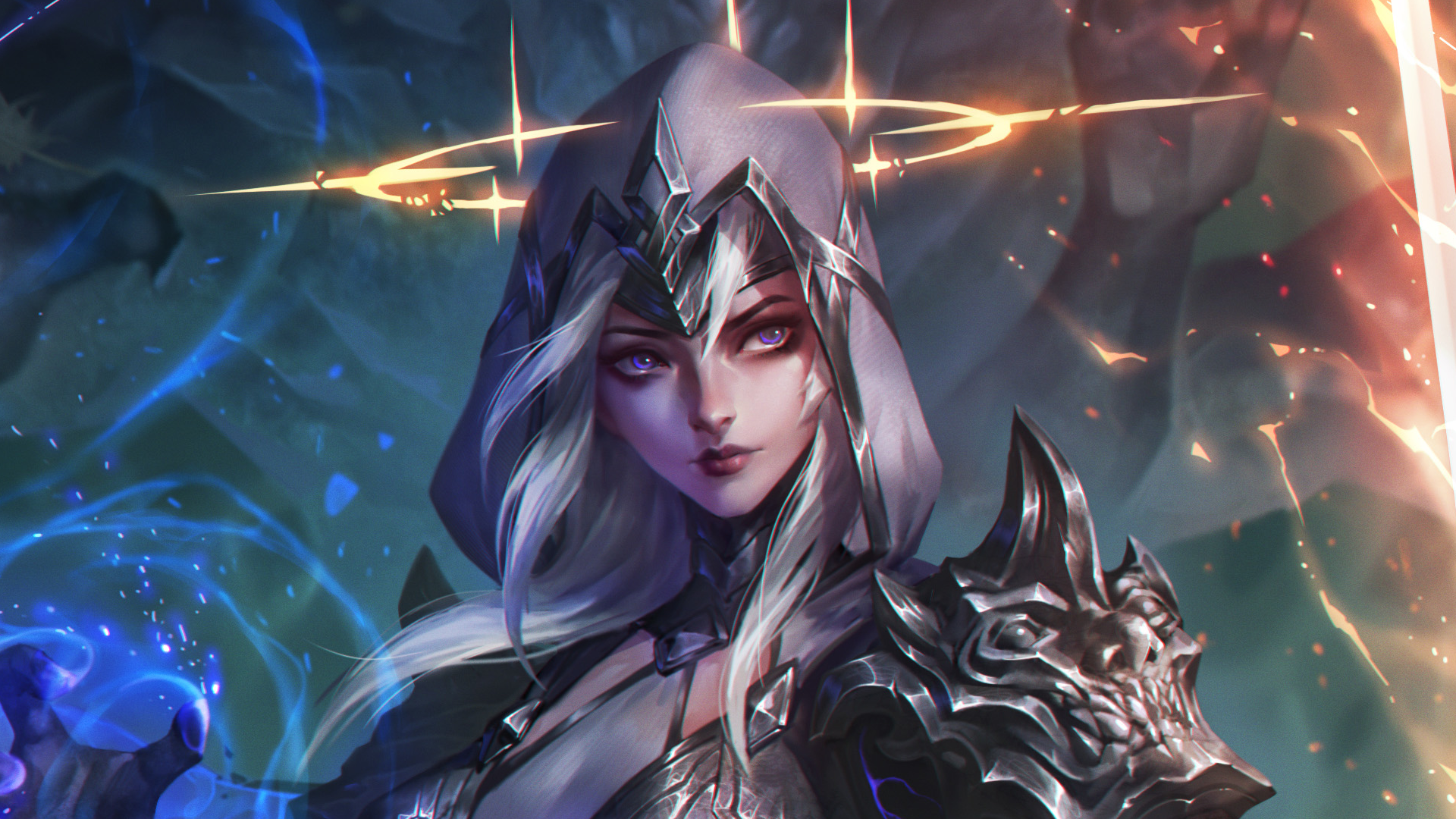

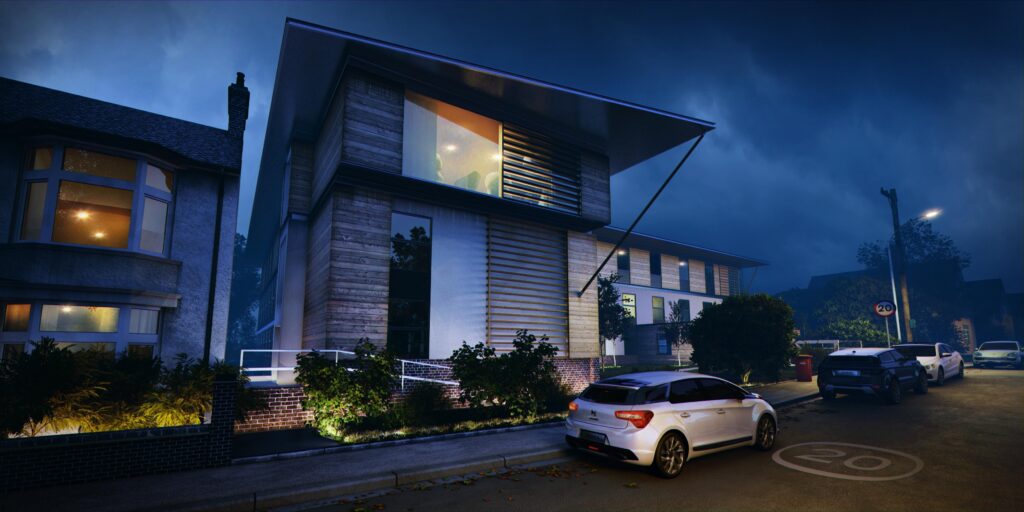
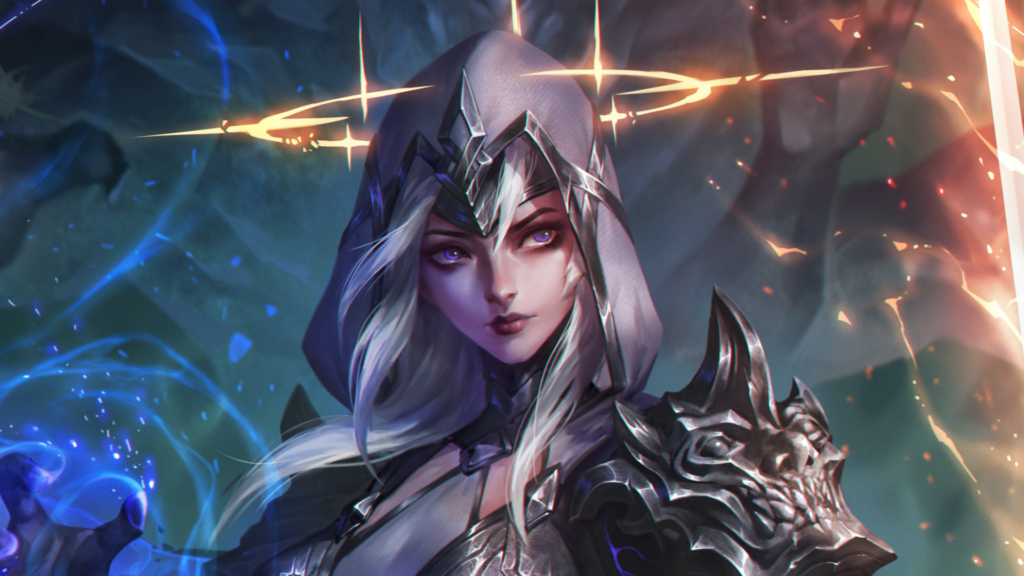
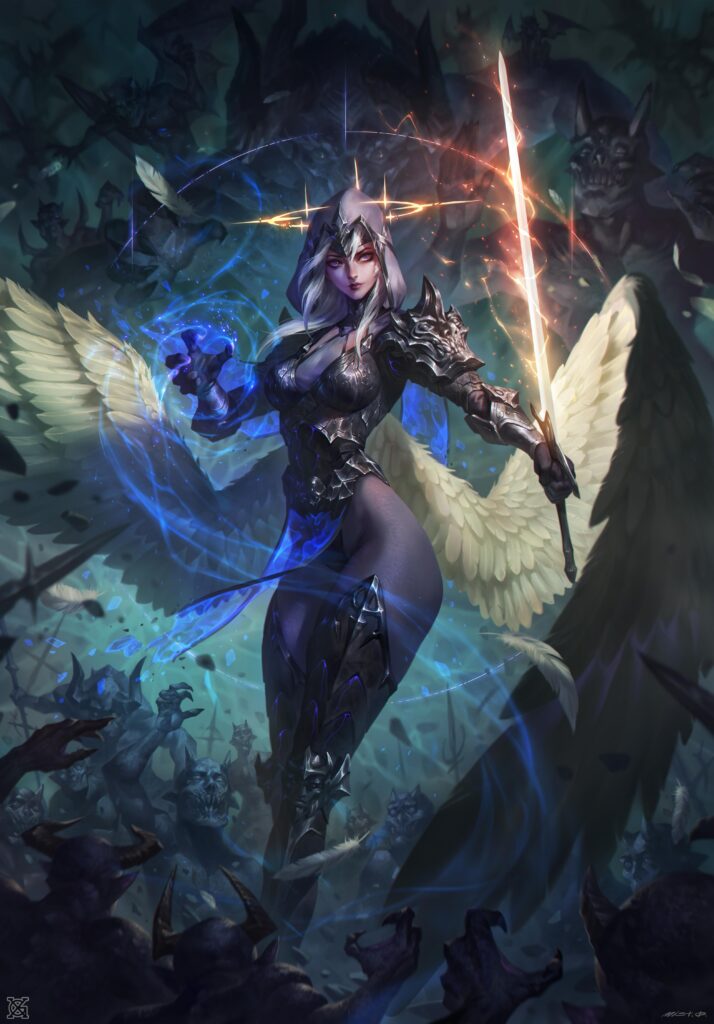



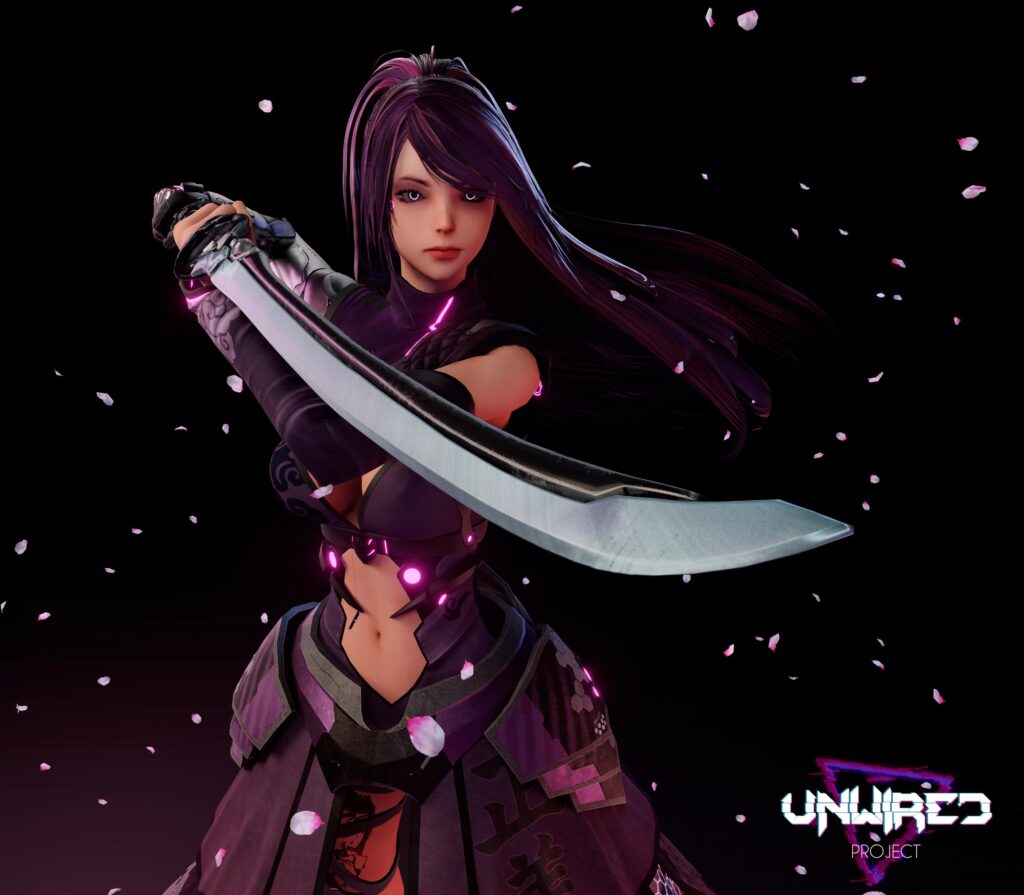










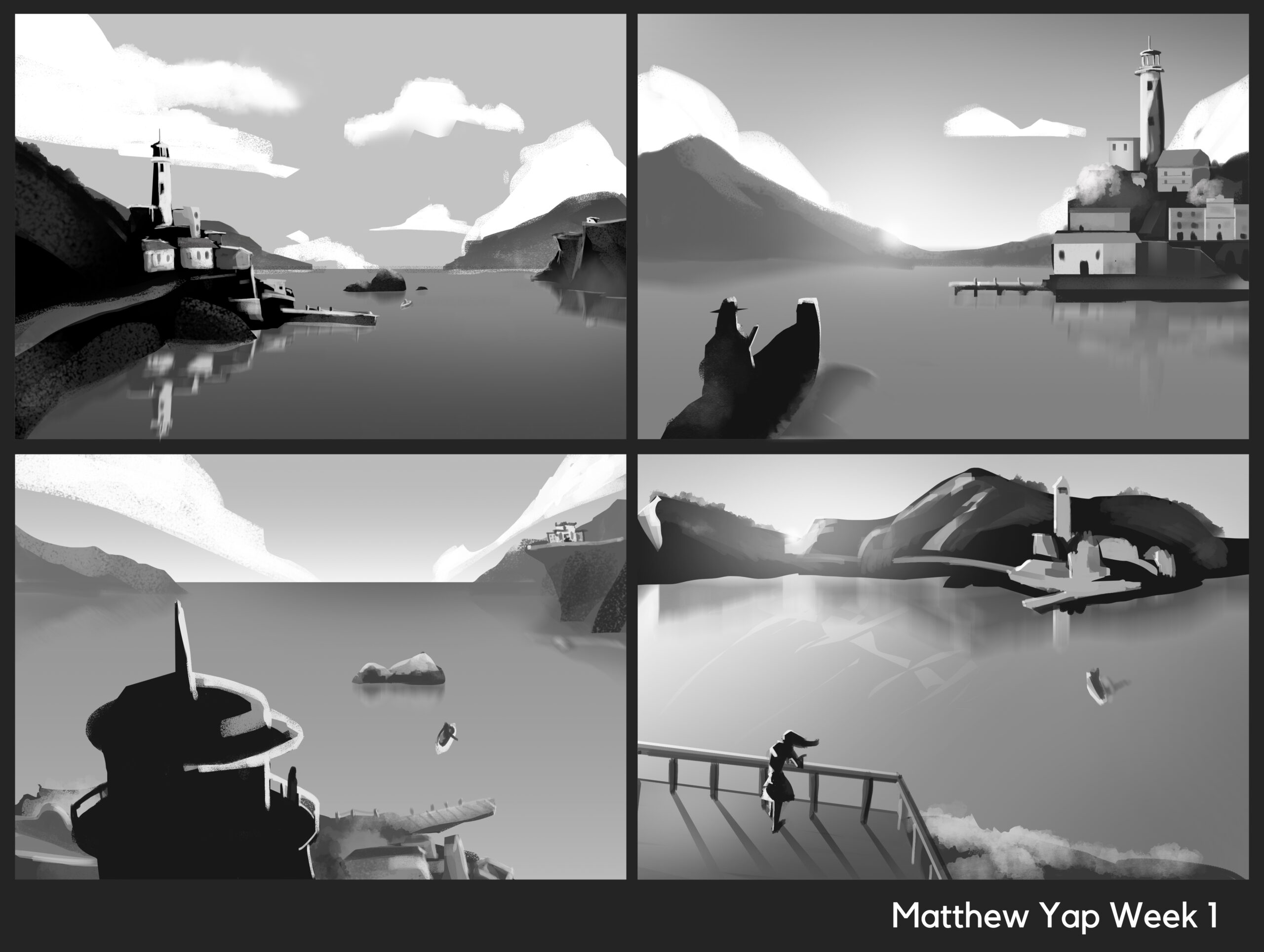
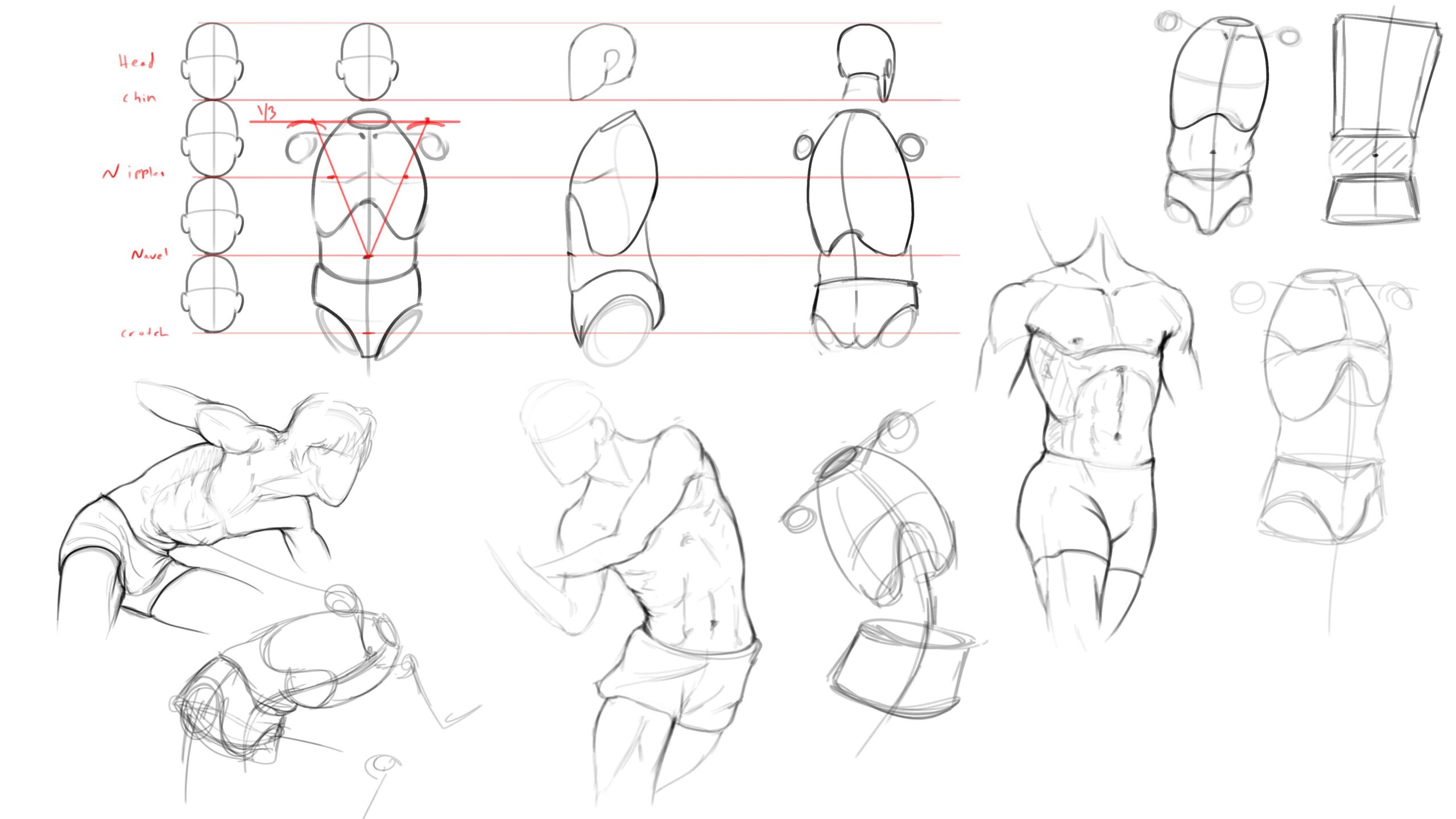
Pingback: Become a Top Artist: Improve Your Aesthetics - Wingfox
2022-02-14